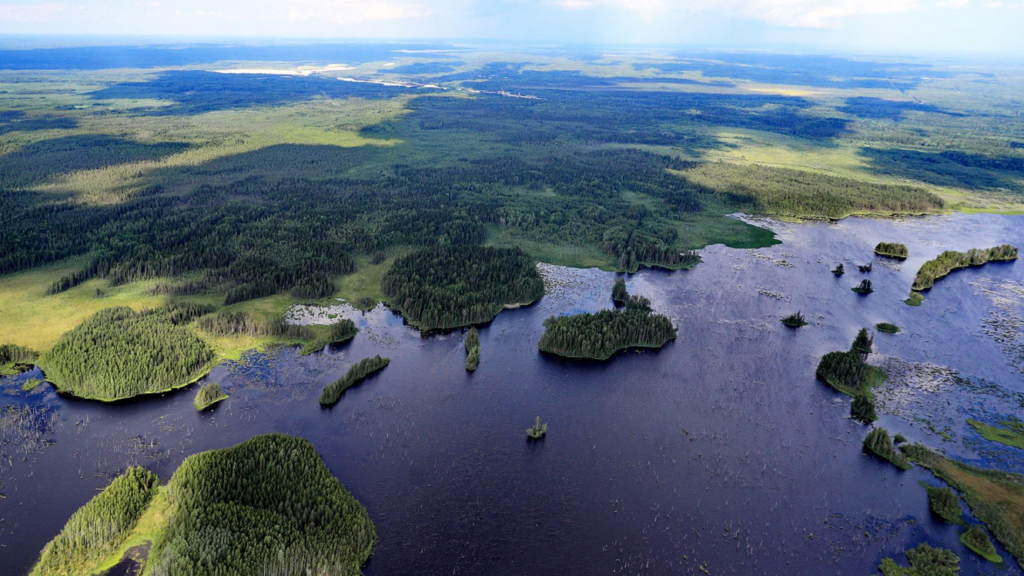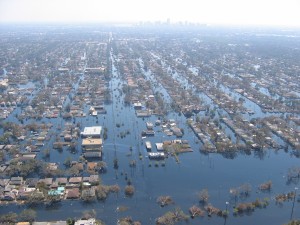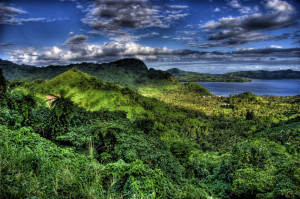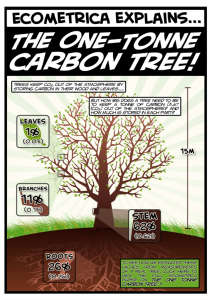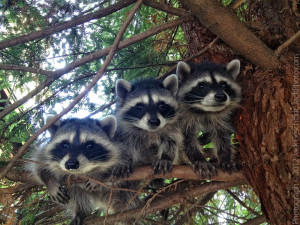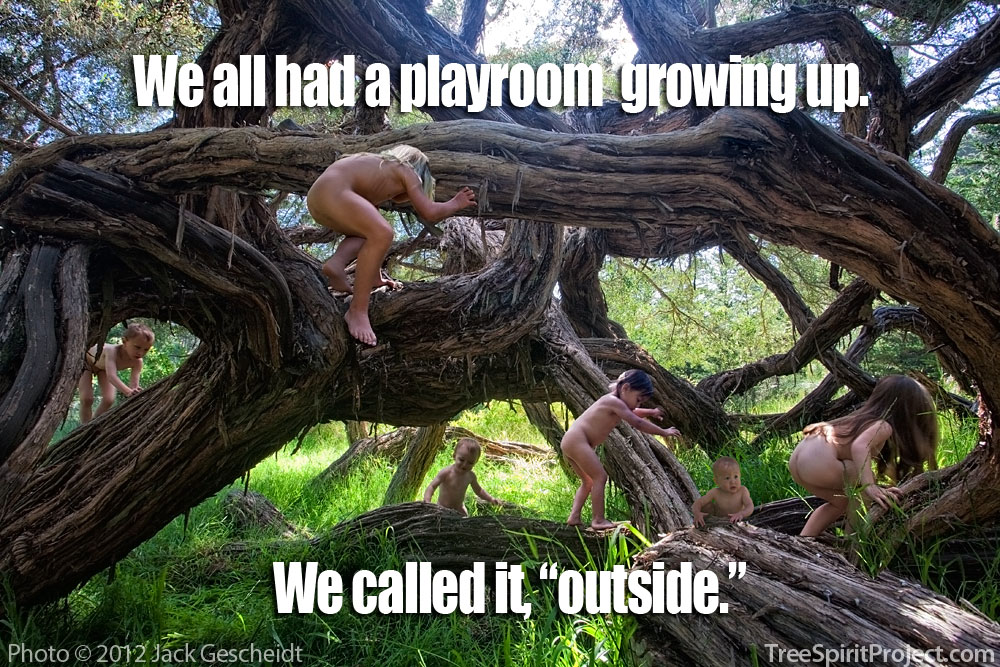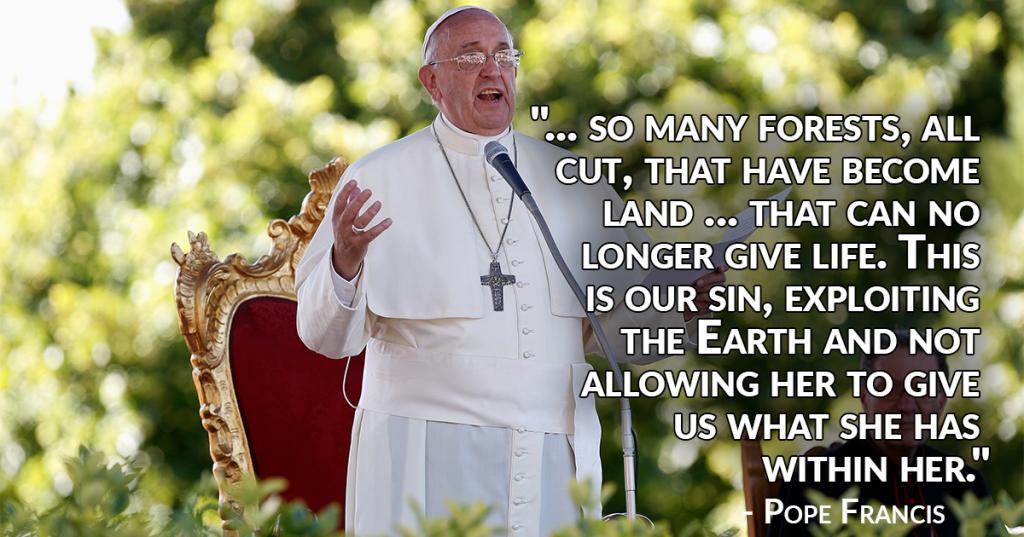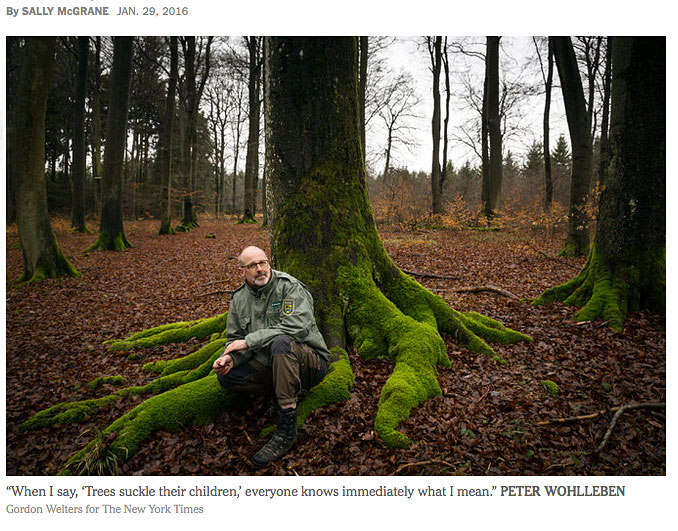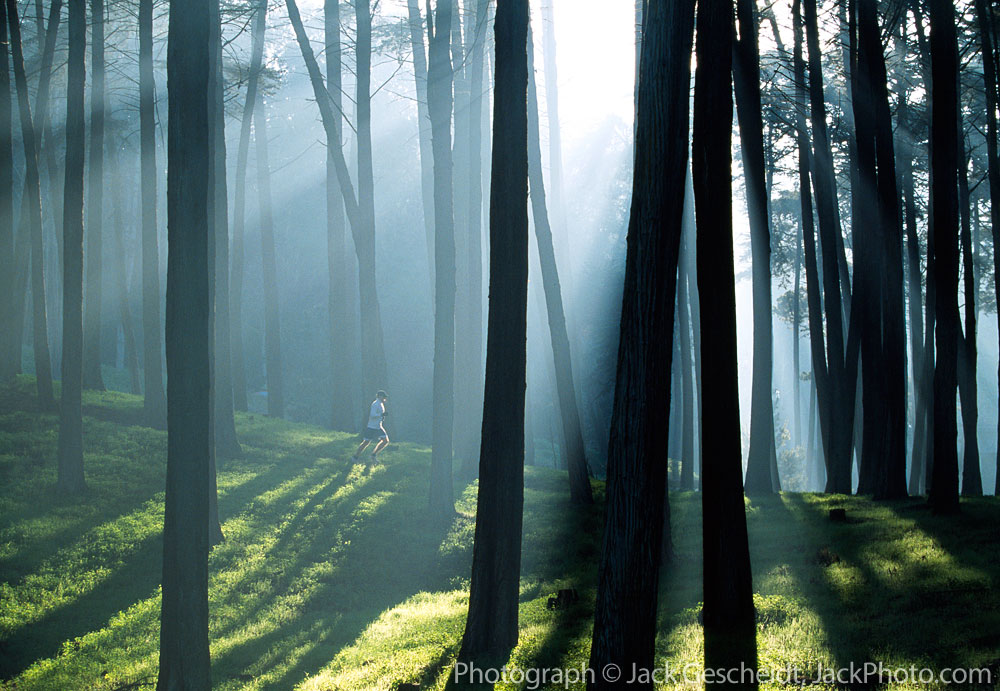“Thousands of tired, nerve-shaken, over-civilized people are beginning to find out that going to the mountains is going home. Wilderness is a necessity.”
– John Muir
Trees purify the air; they also purify the mind……if you want to save your world, you must save the trees.
– The Trees of Endor
WE NEED TREES NOW MORE THAN EVER in this era of human-caused global warming.
PROTECT A TREE, PROTECT YOURSELF.
Trees are an integral part of life on Earth, for far longer than we humans have walked or even crawled upon it. Trees have always provided us and other animals with food, shelter, medicines, clothing, and of course air purification, oxygen production, soil stabilization and filtration. The list goes on and on (see below*).
Today, with the anthropogenic climate crisis threatening humanity’s stability, if not our very survival, trees today are more essential than ever before — because trees are evolutionarily perfected carbon-sequestering life forms.
But the fact is we powerful humans have cut down 50% of the Earth’s original forest cover in our brief time here. And for every second you read these words, over 1 acres of additional forest is destroyed in the Amazon rainforest, cleared for raising cattle for human consumption.
If we want to survive as a species, let alone thrive, we must end deforestation immediately.
READ MORE about 50% deforestion. ![]()
…And begin re-forestation — planting many more trees and forests everywhere. READ, “Restoring Forests Could Capture 2/3rds of the Carbon Humans Have Added to the Atmosphere
How to erase 100 years of carbon emissions? Plant trees—lots of them.
 “Increasing the Earth’s forests by an area the size of the U.S. would cut atmospheric CO2 25%.”
“Increasing the Earth’s forests by an area the size of the U.S. would cut atmospheric CO2 25%.”
“Our study shows clearly that forest restoration is the best climate change solution available…” said Tom Crowther, researcher at ETH Zürich, and senior author [of Science Mag study].
READ Nat Geo article: https://www.nationalgeographic.com/environment/2019/07/how-to-erase-100-years-carbon-emissions-plant-trees
Paradoxically, it’s easy to take trees for granted because of their seeming ubiquity. How extensive can deforestation be if I don’t see it in my own neighborhood? The giant issue of global warming can seem abstract without direct, irrefutable signs of it in our lives. This disconnect from the scientific reality is exacerbated because so many of us are so busy, and spend so much time indoors, separated from the natural world. (The average American spends 90% of his/her time inside.)
And the United States has cut down over 50% of its original forests in the last 400 years. We’ve destroyed even more of certain tree species and, along with these forests, the animal species that live in them. For example, over 95% of old-growth coast redwoods — redwoods over 200 years old have been killed — or “cut down” as most people would say, choosing a less personal phrase than “kill,” which illustrates how much less we value a tree’s life than an animal’s. (Ironically, the “sempevirens” in species sequoia sempervirens is Latin for “evergreen” or “everlasting.”)
VIDEO: How Trees Talk to Each Other: A Wood Wide Web
Many new researchers are demonstrating how trees and plants and fungi are intimately interconnected. They communicate with each other cooperatively, not just competitively, e.g., feeding each other, and not just within their own species.
Narrated by Suzanne Simard, professor of forest ecology at the University of British Columbia.
VIDEO: How Trees Secretly Talk to Each Other in the Forest
National Geographic‘s version of the same “family of trees” researcher Suzanne Simard details above. Forests are complex, interdependent networks of trees, soil, fungi, plants and animals, all intimately interconnected. Lifeforms in a forest aren’t competing as much as they cooperating with each other. A good example for us humans, yes?
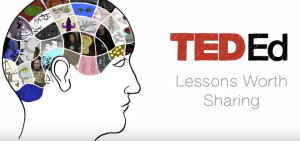 VIDEO: “The Networked Beauty of Forests,” a short TED Talk by Suzanne Simard:
VIDEO: “The Networked Beauty of Forests,” a short TED Talk by Suzanne Simard:
https://www.youtube.com/watch?v=dRSPy3ZwpBk
VIDEO: How Forests Heal People by the forest-loving folks at HealingForest.org
South Koreans visit these forests for their healing effects.
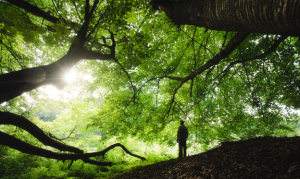 Dozens of forests in South Korea are considering “healing forests” — TreeSpirit believes ALL forests are healing forests — part of South Korea’s surprising prescription to improve citizens health and well-being.
Dozens of forests in South Korea are considering “healing forests” — TreeSpirit believes ALL forests are healing forests — part of South Korea’s surprising prescription to improve citizens health and well-being.
READ ARTICLE: http://ideas.ted.com/can-trees-heal-people
“Forest Bathing” improves human health, research shows.
 Being in a forest lowers your heart rate and blood pressure, reduces stress hormone production, boosts your immune system, and improves feelings of well-being. This of course is no surprise to those of us who have always felt better in the woods, or even just near one tree. Read why the Japanese practice of Shinrin-yoku, or “forest bathing,” literally “taking in the forest atmosphere,” developed in the 1980s, is a a cornerstone of preventive health care and healing in Japan:
Being in a forest lowers your heart rate and blood pressure, reduces stress hormone production, boosts your immune system, and improves feelings of well-being. This of course is no surprise to those of us who have always felt better in the woods, or even just near one tree. Read why the Japanese practice of Shinrin-yoku, or “forest bathing,” literally “taking in the forest atmosphere,” developed in the 1980s, is a a cornerstone of preventive health care and healing in Japan:
 NPR article, April 4, 2018:
NPR article, April 4, 2018:
https://www.npr.org/sections/13.7/2018/04/04/599135342/suffering-from-nature-deficit-disorder-try-forest-bathing?
![]() Washington Post article, May 17, 2016: https://www.washingtonpost.com/news/to-your-health/wp/2016/05/17/forest-bathing-is-latest-fitness-trend-to-hit-u-s-where-yoga-was-30-years-ago
Washington Post article, May 17, 2016: https://www.washingtonpost.com/news/to-your-health/wp/2016/05/17/forest-bathing-is-latest-fitness-trend-to-hit-u-s-where-yoga-was-30-years-ago
![]() Wall Street Journal article, May 7, 2017: Scientists play catch-up to what us nature-lovers know: forests have healing benefits to us humans wise or fun-loving enough to get our bodies in them: https://www.wsj.com/articles/tree-therapy-forest-bathers-say-it-helps-1494154801
Wall Street Journal article, May 7, 2017: Scientists play catch-up to what us nature-lovers know: forests have healing benefits to us humans wise or fun-loving enough to get our bodies in them: https://www.wsj.com/articles/tree-therapy-forest-bathers-say-it-helps-1494154801
VIDEO: Shinrin-Yoku.org INTRODUCTION
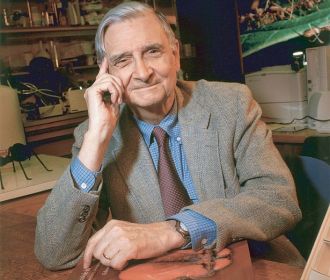 Pulitzer prize-winning biologist E.O. Wilson adds his voice to the overwhelming majority of scientists who know humanity’s greatest challenge is human-caused climate change, deforestation, and biodiversity loss. He advocates setting aside half the planet as nature reserve — before it’s too late. READ MORE: New York Times, March 1, 2016
Pulitzer prize-winning biologist E.O. Wilson adds his voice to the overwhelming majority of scientists who know humanity’s greatest challenge is human-caused climate change, deforestation, and biodiversity loss. He advocates setting aside half the planet as nature reserve — before it’s too late. READ MORE: New York Times, March 1, 2016
 Wilson asked years ago: “Why aren’t you young people out protesting the mess that’s being made of the planet?:
Wilson asked years ago: “Why aren’t you young people out protesting the mess that’s being made of the planet?:
READ MORE: Grist Magazine, April 30, 2012
Only recently in human history have we been able to eradicate not only entire species, but devastate ecosystems, too — like Earth’s forests. We can even alter the Earth’s climate. As our clever, industrious and increasingly industrialized population expands beyond 7 billion, our tree-felling habits and environmental devastation have become lethal — and increasingly suicidal. We are making Earth less hospitable for hundreds of species, including our own species.
How so? Read Feb. 22, 2016 New York Times story about how our massive fossil fuel consumption (i.e., carbon emissions), combined with massive deforestation, has created the greatest sea level rise in 2,800 years: http://www.nytimes.com/2016/02/23/science/sea-level-rise-global-warming-climate-change.html?_r=0
But we CAN turn around this ship of foolishness, as evidenced by the historic 2015 climate conference in Paris at which 195 nations agreed to take action. (When was the last time 195 nations agreed on anything?) Reducing global deforestation and increasing re-forestation are two such actions.
VIDEO: Trees get their due in, “Dear Future Generations, Sorry” by ChangeForBalance.com
Trees and forests sustain and enrich our lives in innumerable ways. If we again value trees and the interconnected web of life of our one and only ecosystem, we will see the ecological, practical, even economic sense of taking remedial action. Put another way: What we love we will protect.
READ HOW MUCH RAINFORESTS DO FOR YOU:
TreeSpirit’s emphasis is intentionally more emotional than scientific, but because science has great influence and power, let’s touch upon the vast list of trees’ numerous, silent, ceaseless gifts to us. (A more complete compendium could easily fill a separate, giant website.)
http://www.nature.org/ourinitiatives/urgentissues/rainforests/rainforests-facts
Modern science has taken us full circle, confirming ancient human cultures’ intuitive understanding of trees’ role in the health of the world’s ecosystem. We can end suicidal tree and forest destruction for short-term profits, both in our local communities, and in the Earth’s priceless rainforests. Bumpersticker wisdom applies, “Think globally, act locally.” And, “When the people lead, the leaders will follow.”
WHAT TREES DO FOR YOU (a wildly abbreviated list):
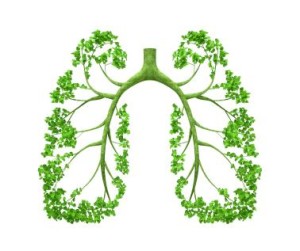 • PRODUCE OXYGEN and FILTER AIR POLLUTANTS – These kinds of statistics inevitably vary widely, but 1 mature tree, on average, produces 260 pounds of oxygen per year. Two trees can provide enough oxygen for a family of four.
• PRODUCE OXYGEN and FILTER AIR POLLUTANTS – These kinds of statistics inevitably vary widely, but 1 mature tree, on average, produces 260 pounds of oxygen per year. Two trees can provide enough oxygen for a family of four.
(Source: McAliney, Mike, Trust for Public Land, Sacramento, CA, December, 1993.)
More than 20% of the world’s oxygen is produced by the Amazon rainforest. (Source: Rainforest Alliance.org.) READ MANY MORE RAINFOREST BENEFITS
• CARBON SEQUESTRATION – one example: America’s National Forests absorb 10-15% of the nation’s carbon emissions (Source: NationalGeographic.com).
1 acre of forest absorbs 6 tons of CO2 and emits 4 tons of O2, the annual need of 18 people. (Source: U.S. Department of Agriculture)
GO TO “Trees: Carbon Storage Experts” webpage
• TREES REDUCE CRIME!, create community, calm people. A 1999 University of Illinois at Urbana-Champaign study found the greenery of trees, shrubs, and gardens have a calming effect on people, especially in urban areas, reducing the crime rate 52% and attracting people to spend more time outdoors which strengthens communities. Read more: http://lhhl.illinois.edu/media/thepoweroftrees.htm

• TREES FILTER SOIL – Phytoremediation is the technical term for the absorption of toxic chemicals and pollutants from contaminated soil. Trees not only can store pollutants but can even convert some into less harmful substances, and filter sewage, farm chemicals, animal wastes, and roadside toxins like metals, pesticides, solvents, crude oil and its derivitives, and even explosives.
• TREES REDUCE FLOODING and SOIL EROSION; stabilize land & hills – Storm water that would otherwise run off impervious surfaces like driveways, parking lots and roads, is absorbed by forest floors, which then allows it to trickle down into groundwater or be absorbed by other vegetation.
• TREES are precious ANIMAL HABITAT – 70% of Earth’s land-based animals and plants live in forests. As we have destroyed forests worldwide we lose animals — including many animal species forever.
• TREES provide MEDICINES in vast quantities: 25% of Western pharmaceuticals are derived from rainforest ingredients, but less that 1% of tropical trees and plants have been tested by scientists. Untold numbers and types of medicines have yet to be discovered in forests and jungles that are rapidly being cut down. Are we wise enough to act immediately to preserve them?
• FOOD GROWS ON TREES! — FRUITS, NUTS & BERRIES, almonds, avocados, bananas, cherries, grapefruits, lemons, oranges, peaches, pears pineapples, plums, mangos, pineapples, and on and on all come from trees. And tree productivity matches this diversity: a single apple tree can yield up to 600 apples annually: local, organic, inexpensive, healthy sustenance for birds, humans, furrier animals, insects, you name it.
 • TREES PROMOTE HEALING – several studies have demonstrated what many of us know intuitively, by common sense, and/or from our own experience: just SEEING trees, even through windows, even without touching or smelling them promotes well-being, reduces stress, and therefore speeds healing. A famous 1984 study by environmental psychologist Roger Ulrich showed hospital bed-bound patients healed faster when given a view of trees, rather than of a brick wall.
• TREES PROMOTE HEALING – several studies have demonstrated what many of us know intuitively, by common sense, and/or from our own experience: just SEEING trees, even through windows, even without touching or smelling them promotes well-being, reduces stress, and therefore speeds healing. A famous 1984 study by environmental psychologist Roger Ulrich showed hospital bed-bound patients healed faster when given a view of trees, rather than of a brick wall.
READ Roger Ulrich’s study originally published in the journal Science: https://mdc.mo.gov/sites/default/files/resources/2012/10/ulrich.pdf
 READ, “How Hospital Gardens Help Patients Heal” in Scientific American, March 2012: https://www.scientificamerican.com/article/nature-that-nurtures
READ, “How Hospital Gardens Help Patients Heal” in Scientific American, March 2012: https://www.scientificamerican.com/article/nature-that-nurtures
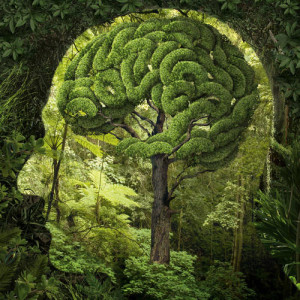 • INSPIRE, COMFORT, NURTURE – perhaps the most valuable under-recognized feat of all: trees silently, unfailingly, nurture and elevate the human spirit; calming us, inspiring us, making us feel better just by the simple act of our being in their presence.
• INSPIRE, COMFORT, NURTURE – perhaps the most valuable under-recognized feat of all: trees silently, unfailingly, nurture and elevate the human spirit; calming us, inspiring us, making us feel better just by the simple act of our being in their presence.
• READ how being in nature promotes well-being (and being nature-deprived promotes depression): http://www.takingcharge.csh.umn.edu/enhance-your-wellbeing/environment/nature-and-us/how-does-nature-impact-our-wellbeing
 • READ “The Cognitive Benefits of Interacting With Nature,” a 2008 study by The University of Michigan, in Psychological Science, the journal of the Association for Psychological Science: http://pss.sagepub.com/content/19/12/1207
• READ “The Cognitive Benefits of Interacting With Nature,” a 2008 study by The University of Michigan, in Psychological Science, the journal of the Association for Psychological Science: http://pss.sagepub.com/content/19/12/1207
• READ AMAZING 1999 STUDY, “The Power of Trees,” from the University of Illinois at Urbana-Champaign (CLICK HERE) which showed, among other things:
• children played in outdoor spaces around their homes that had trees twice as often as in treeless spaces;
• children playing among trees had more frequent contact with adults, in part because adults spent more time in green spaces than treeless areas;
• children in green spaces engaged in more “creative play” activities — e.g., pretending, playing with dolls, devising new jump-rope routines and hand-clapping songs — compared with kids in concrete-only play areas.
2016 National Institute of Environmental Health Sciences (NIEHS) peer-reviewed study shows living near green plants/trees lengthens lives and improves mental & physical health.
Article: CLICK HERE
NIEHS Study: CLICK HERE
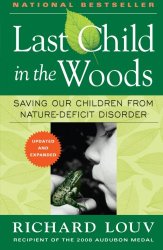 • AUTHOR RICHARD LOUV coined the term, “nature deficit disorder” in his 2005 book, “Last Child in the Woods,” to describe what many children, especially in “developed” countries, suffer from when play and exploration in forests and other nature settings is drastically reduced to little or nil. The remedy is simple: let kids off-leash and back into nature. LEARN MORE.
• AUTHOR RICHARD LOUV coined the term, “nature deficit disorder” in his 2005 book, “Last Child in the Woods,” to describe what many children, especially in “developed” countries, suffer from when play and exploration in forests and other nature settings is drastically reduced to little or nil. The remedy is simple: let kids off-leash and back into nature. LEARN MORE.
In doing so, we foster healthier children and communities, and nurture lifelong bonds between our young people and the natural world. These bonds are what will protect and preserve our woods, forests, animal habitat, and wild places we as a society need to be healthy.
READ MORE ABOUT “Last Child in the Woods”
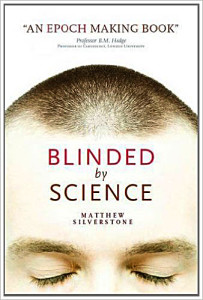 • Read the science behind tree hugging; why it feels good, why it’s good for you. For those who want a little Western analysis and science to back up their intuition and/or personal experiences: CLICK HERE FOR STORY about AUTHOR MATTHEW SILVERSTONE’s 2011 book, “Blinded by Science.”
• Read the science behind tree hugging; why it feels good, why it’s good for you. For those who want a little Western analysis and science to back up their intuition and/or personal experiences: CLICK HERE FOR STORY about AUTHOR MATTHEW SILVERSTONE’s 2011 book, “Blinded by Science.”
Amazon review excerpt:
Silverstone tells us how trees, plants, water, the sun and the moon can all play a part in how we feel on a daily basis. Western science has chosen to ignore thousands of scientific studies that show there is more to our body’s behaviour than it alone can explain.
READ MORE ABOUT “Blinded by Science”
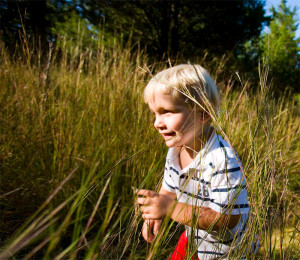 “Why Staying on the Trail is Bad for Nature”
“Why Staying on the Trail is Bad for Nature”
by Matthew Miller, Feb. 5, 2018
A plea for allowing kids to run free(r) in nature, the way thousands of previous generations used to. For their physical, emotional, and spiritual health, to foster nature appreciation and love—and thus to save what’s left of our natural world, too.
“…a lot of today’s outdoor education focuses on facts, often presented in the context of the earth’s doom and gloom future. An underlining message of this is that nature is separate from humanity and oh-so fragile, something we must never mess with. While the information may be alarming, it’s hardly the way to instill love. It instead makes nature boring, even dreary.
You probably have heard the complaints that kids are not playing outside, are not interested in the natural world. There’s even a term for this, coined by Richard Louv: Nature Deficit Disorder. And yet we insist on putting barriers up so that kids will not want to play in nature. I believe that free and wild play in nature is one of the missing ingredients in building a viable, effective conservation movement.”
“An Emerging Threat to Conservation: Fear of Nature”
by John R. Platt, March 13, 2020
“Biophobia,” a disconnection from nature, is reducing our collective will to preserve species and habitats. But new research offers some wild solutions.
“As the number of children who have biophobia increases, public interest and support for biodiversity conservation will gradually decline. Although many conservation biologists still consider that preventing the loss of wildlife habitat is the most important way to conserve biodiversity, I think preventing increased biophobia is also important for conservation.”
MOVIE TRAILER: Pope Francis says, “It’s time to take out the [planetary] trash!” in “The Encyclical,” by MariusCrowne.com
The Pope (Francis) offers hope, showing that religion and science can co-exist. Humanity can draw upon common sense, intelligence and compassion in equal measure to solve today’s ecological crisis of our own making. 1 of 100 articles on Pope Francis’ historic encyclical on our environmental and social mistakes — and how to get undo them, HERE: http://www.theguardian.com/world/2015/sep/25/pope-francis-asserts-right-environment-un
TREES LIVE IN INTERCONNECTED COMMUNITIES
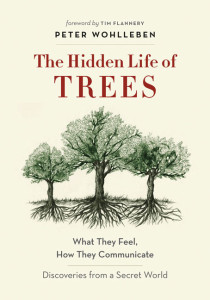 “The Hidden Life of Trees: What They Feel, How they Communicate — Discoveries From a Secret World,” by Peter Wohlleben.
“The Hidden Life of Trees: What They Feel, How they Communicate — Discoveries From a Secret World,” by Peter Wohlleben.
• READ Smithsonian article on Peter Wohlleben,
“Do Trees Talk to Each Other?” March 2018:
![]()
https://www.smithsonianmag.com/science-nature/the-whispering-trees-180968084
• READ New York Time article, German Forest Ranger Finds That Trees Have Social Networks, Too Jan 29, 2016
![]()
“…trees might be among our lushest metaphors and sensemaking frameworks for knowledge precisely because the richness of what they say is more than metaphorical — they speak a sophisticated silent language, communicating complex information via smell, taste, and electrical impulses. This fascinating secret world of signals is what German forester Peter Wohlleben explores in The Hidden Life of Trees: What They Feel, How They Communicate
EXCERPT: Why do many public lands managers advocate “thinning” forests? Wohlleben explains this tragically conventional wisdom comes from… the timber industry:
In commercial forests, trees are supposed to grow thick trunks and be harvest ready as quickly as possible. And to do that, they need a lot of space and large, symmetrical, rounded crowns. In regular five-year cycles, any supposed competition is cut down so that the remaining trees are free to grow. Because these trees will never grow old—they are destined for the sawmill when they are only about a hundred [in Germany]—the negative effects of this management practice are barely noticeable.” Our urban forest is not “destined for the sawmill,” so thinning the urban forest does not benefit either the trees that remain or the forest as a whole. The “thinning” strategy being used by the managers of our public lands is damaging both the forest and the environment: The trees that remain are damaged by the pesticides that are used to kill the roots of their neighbors when they are destroyed. The pesticides that are sprayed on the stumps of the destroyed trees kill the roots of the tree and also travel through the interconnected root systems to damage the trees that remain. The trees that remain are subjected to more wind when their neighbors are destroyed, which increases the potential for windthrow and therefore public safety hazards. The forest is less capable of retaining moisture when shade is reduced, which also stresses the trees that remain. Valuable habitat for wildlife is lost when trees are destroyed. The Hidden Life of Trees informs us that the forest is greater than the sum of its parts. Every tree contributes to forest health just as every member of society contributes to the well-being of our communities.
• Peter Wohlleben (English) website: http://www.peter-wohlleben.de/english
• READ Jack’s blog on “The Hidden Life of Trees”
• “Intelligent Trees” documentary film, TRAILER:
• Peter Wohlleben interview, Norwegian TV show, (host Fredrik) “Skavlan”:
• Suzanne Simard 2014 Ted-Ed talk on the unimaginably huge, complex, underground network of mycchorizal networks connecting trees to each other in a symbiotic relationship with fungi:
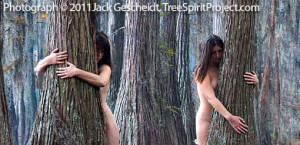 TREE HUGGING – its joys and wonders and techniques: http://www.ewao.com/a/1-tree-hugging-now-scientifically-validated
TREE HUGGING – its joys and wonders and techniques: http://www.ewao.com/a/1-tree-hugging-now-scientifically-validated
We humans have become so powerful, and are so clever, we can exterminate entire species of animals and plants, perhaps even most of the world’s trees. The question remains whether we can use our inner wisdom, and our hearts, in concert with all our information, to preserve our life-sustaining environment.
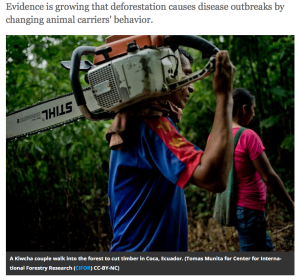 DEFORESTATION, in addition to speeding climate change, likely causes disease outbreaks (like Zika virus) by changing the behavior of animals that are carriers.
DEFORESTATION, in addition to speeding climate change, likely causes disease outbreaks (like Zika virus) by changing the behavior of animals that are carriers.
“Land use change is coming up as a significant driver of disease events, particularly from wildlife,” he says. “This is a wake-up call. Deforestation and land conversion for agriculture is one of the biggest drivers of pandemics.” – Peter Daszak, President, EcoHealth Alliance
READ June 8, 2016 SMITHSONIAN article
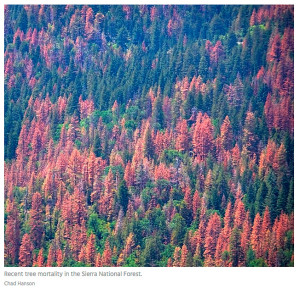 The ecological importance of dead & dying trees. The timber industry and U.S. Forest Service promotes cutting down dead & dying trees and selling them for lumber, destroying vital habitat for woodpeckers, owls and other wildlife. Once again, the profit motive ignores, denies and overrides the health of forests and ecosystems.
The ecological importance of dead & dying trees. The timber industry and U.S. Forest Service promotes cutting down dead & dying trees and selling them for lumber, destroying vital habitat for woodpeckers, owls and other wildlife. Once again, the profit motive ignores, denies and overrides the health of forests and ecosystems.
READ MORE:
VIDEO: Kevin Spacey gives The Rainforest a voice in “Nature Is Speaking”:
More or fewer U.S. trees 100 years ago? In the world? These common questions contains the implication that we’re doing a better job of forest stewardship in the last century.
Because America’s forests were heavily logged for European settlement starting in the 1600s, we’ve done less deforesting since 1916. So YES, if you count trees only by number — not age, size, mass, or carbon storage — there are more trees now than yester-century. But…and here’s the big but(t)…
Over the past 400 years, we’ve cut down over 40% of our country’s original forest cover. And if you believe (as I do) we Americans are part of a global village with a shared  atmosphere — and fate — the news isn’t good: we humans have cut down almost 1/2 Earth’s original forest cover, including about 20% of the Amazon rainforest.
atmosphere — and fate — the news isn’t good: we humans have cut down almost 1/2 Earth’s original forest cover, including about 20% of the Amazon rainforest.
Because forests are super-efficient global warming mitigators — by sequestering carbon and producing oxygen — we need many more trees everywhere, NOW. Hence TreeSpirit’s educational and activist mission to increase tree and forest appreciation.
READ MORE deforestation facts in The Wall St. Journal.

